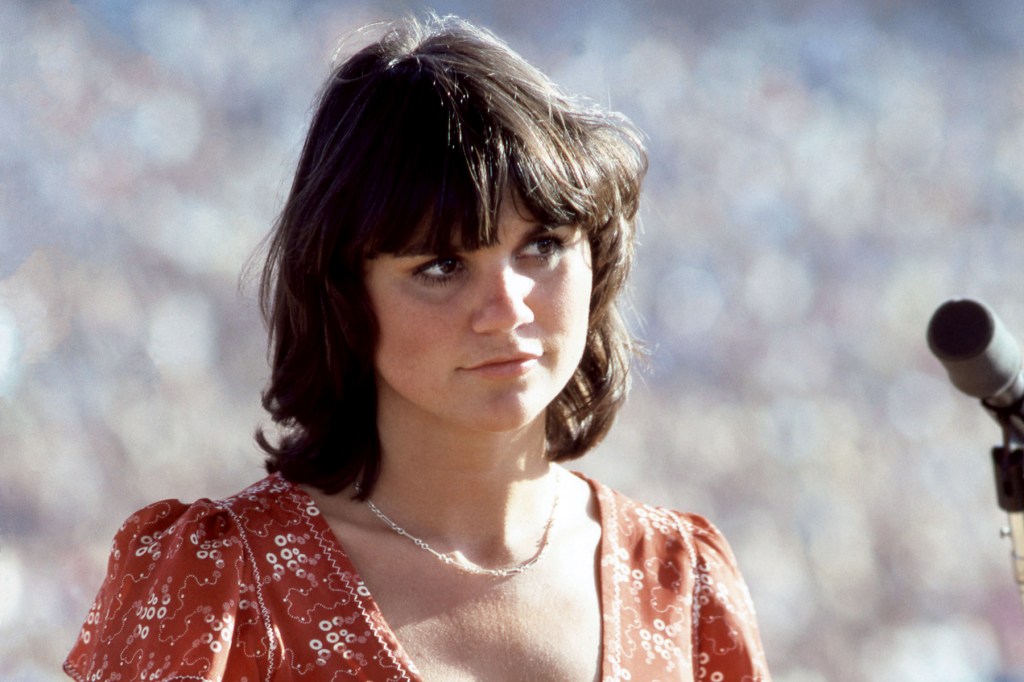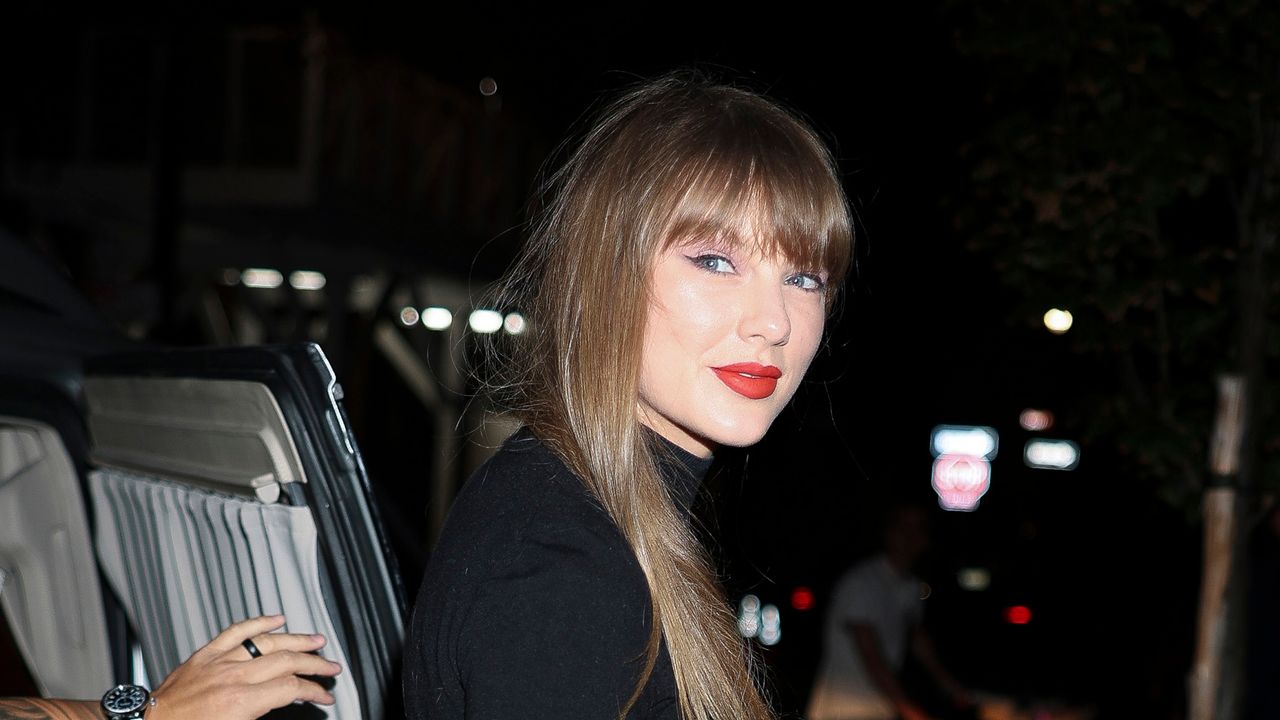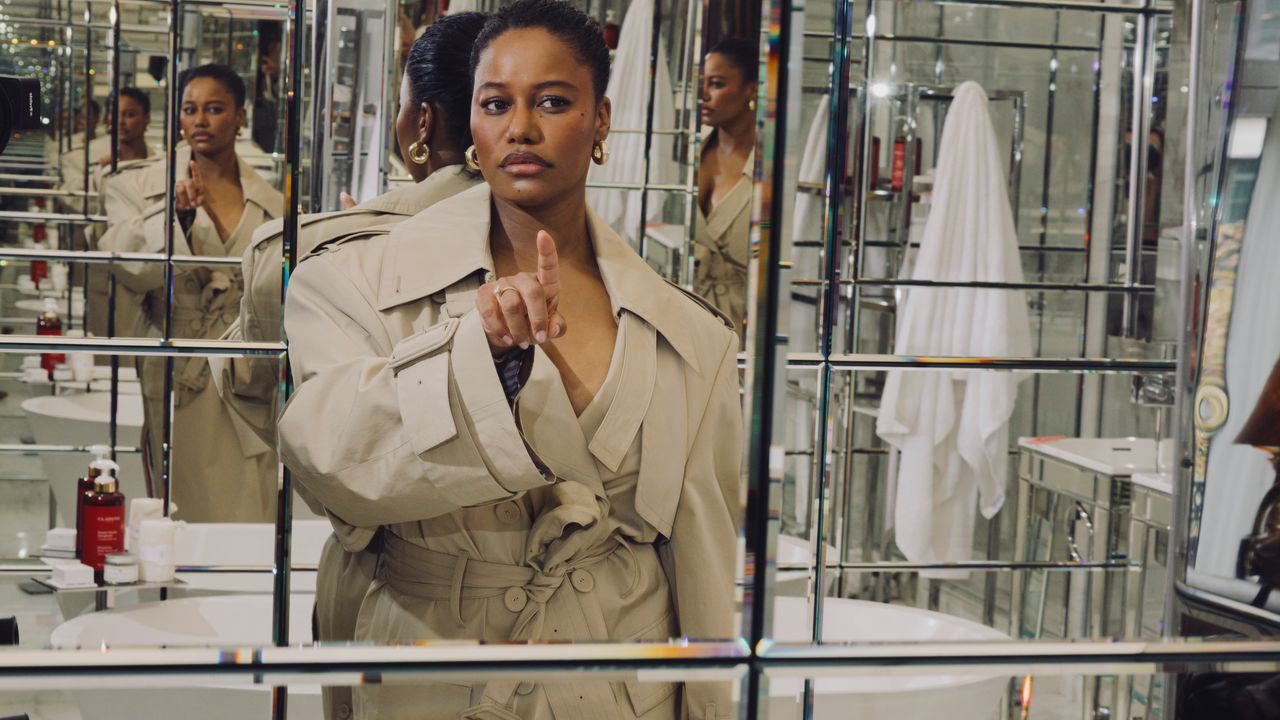Queen Letizia of Spain and Queen Mathilde of Belgium opted for designer pieces by Giorgio Armani and Dior for their joint appearance ahead of the Europalia España 2025 Festival on Tuesday in Brussels.
For the special occasion, Queen Letizia wore…

Queen Letizia of Spain and Queen Mathilde of Belgium opted for designer pieces by Giorgio Armani and Dior for their joint appearance ahead of the Europalia España 2025 Festival on Tuesday in Brussels.
For the special occasion, Queen Letizia wore…

Fifty years after Linda Ronstadt’s Prisoner in Disguise came out, the Rock & Roll Hall of Fame inductee is looking back at the album that further cemented her reputation as a ‘70s pop superstar and supreme song interpreter, as Mobile…

Spotify and BMG have entered into a direct, multi-year US publishing licensing agreement.
According to the announcement, the deal is “designed to deliver greater value to songwriters and their teams”.
“This agreement…

The Duke of Kent has made a…

Swift just stepped out in New York in a look that was peak “All Too Well (10-Minute Version) (Taylor’s Version)”: a pleated Miu Miu miniskirt and knee-high boots by Jennifer Chamandi. It’s the Gilmore–Girls-meets-Gossip Girl combo we’ve…

Taylor Swift certainly has “a lot going on…

Taylour Paige felt good putting on her exquisitely tailored Thom Browne trench for the American designer’s spring 2026 show at Paris Fashion Week. She was even more amped up by the “glorious” Thom Browne team’s reaction.
“I just loved…


Travis Kelce and Taylor…